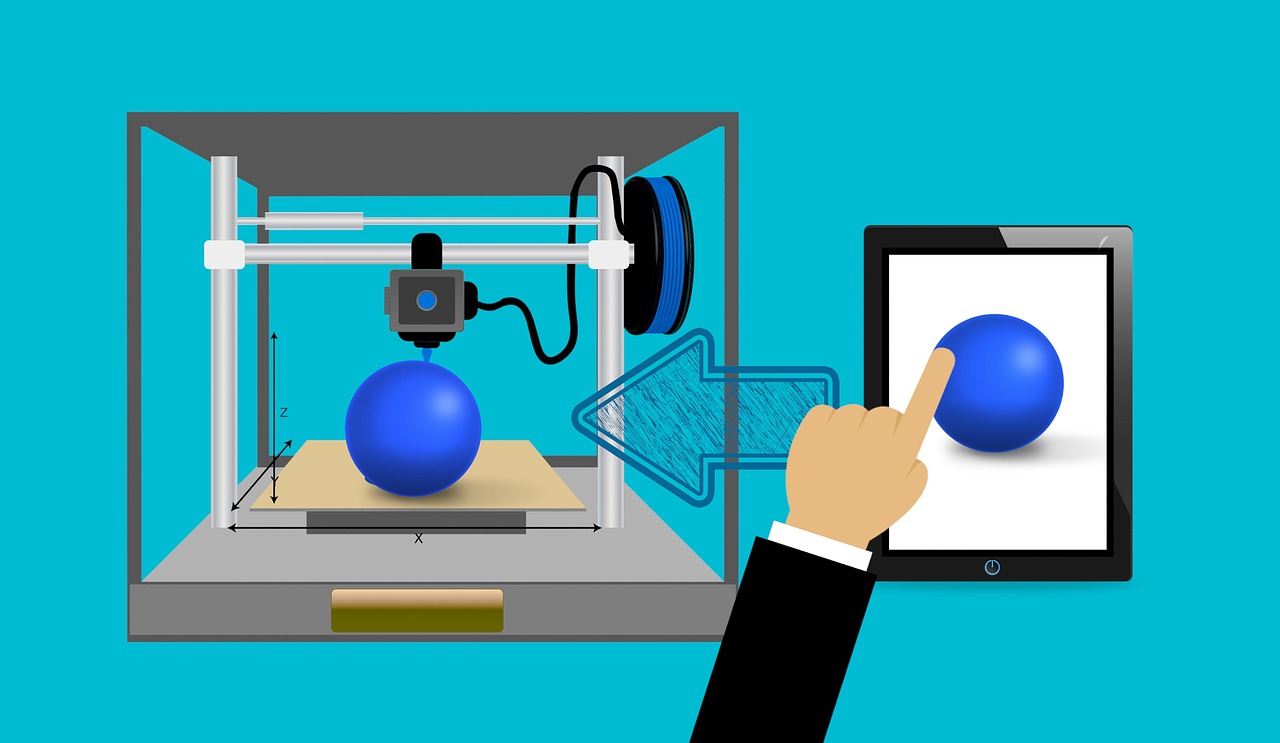A number of cutting-edge technologies, from blockchain to quantum tools, have direct applications to the healthcare industry. One of the newer technologies that is revolutionizing multiple areas of healthcare delivery is 3D printing. In recent years, medicine has moved increasingly toward precision medicine, which means healthcare that is tailored to the exact biology and anatomy of an individual. 3D printing is helping to make precision medicine more accessible and affordable for patients. In the near future, 3D printing could become a very common process in the medical field as a means of customizing medical materials according to the exact needs of the patient. Read on to learn about some of the exciting applications of 3D printing in healthcare:
1. Customized prostheses
Hundreds of thousands of people lose their limbs each year, yet relatively few of them ever obtain a prosthesis to help them recover some function. Part of the problem is the fact that prostheses generally only come in a few sizes, so patients need to use whatever works best rather than something designed specifically for their anatomy. While customized bionic devices do exist, they are extremely expensive. Furthermore, such options are not feasible for children, as they would need new devices as they grow. 3D printing has made it possible to create bionic prostheses specifically designed for individuals at a very affordable price, and researchers at top institutions such as MIT are actively researching ways to make this technology more accessible. Researchers are also pushing the limits of bionic prostheses, such as making it possible to create a fully functional hand prosthesis.
2. Tissue engineering
Patients with organ failure must often wait for an acceptable transplant from another person. The waiting lists for organs can be extremely long. Even if someone personally knows a potential donor, the risks involved in the process are significant. 3D printing could provide a new solution through the process of bioprinting, which involves the use of “bioinks” to create structures out of tissue-like material. Researchers are exploring how they can grow living cells on 3D-printed scaffolds in the lab. These bioengineered organs would be tailored to the patient’s anatomy. Furthermore, a patient’s own cells could be used to do this in order to virtually eliminate the chances of rejection. While this application of 3D printing may seem out of reach now, it could become a reality in the not-too-distant future given recent breakthroughs in the biological materials that can be used in 3D printers.
3. Custom orthotics
For many patients, custom orthotics and insoles are life changing. However, these devices can cost an exorbitant amount of money and take several weeks or even months to manufacture. 3D printing has the potential to change this situation. A man actually pioneered this field on behalf of his son, who was born with cerebral palsy. Faced with the decision of choosing between standard orthotics that would have proved uncomfortable and expensive, custom-made ones that his son would outgrow, he began experimenting with 3D printing and successfully made an orthotic device for him for a fraction of the cost. 3D printing promises to reduce both the cost and wait time for orthotics while actually improving fit and comfort. Remarkably, the final products created through the 3D printing process required virtually no post-production adjustments, which is not true of more traditional approaches.
4. Surgical models
One of the most intriguing application of 3D printing in the medical field is the surgical model. In complex surgical cases, surgeons may find themselves wishing they had a model for practice. While models certainly do exist, they do not represent the true anatomy of a patient. However, 3D printing can change this fact. Today, 3D models of a patient’s precise anatomy can be created, which can help surgeons to plan an ideal strategy and give them a chance to practice prior to an actual case. The 3D models can be printed directly from a CT or MRI scan at a relatively low cost. Peer-reviewed literature on the use of these models has already shown that it drastically reduces both time in the operating room and, therefore, risks and costs. Also, the technology can help to lower patients’ anxiety and drive satisfaction.
5. Medical devices
Through 3D printing, companies can speed up the development of their medical devices. More than 90 percent of the top 50 medical device companies already use 3D printing as part of their development process. 3D printing makes it possible to rapidly create prototypes. Many of these companies formerly relied on third-party companies to create prototypes, which cost a lot of money and required a long waiting period. Today, companies have their own, in-house 3D printers that can quickly create prototypes to iterate designs in days instead of weeks. With a third-party service, changes between prototypes need to be meticulously documented. Now, product designers can make changes in real-time to drive the development process. Some companies are reporting that the lead time for prototypes has been cut nearly in half by adopting 3D printing.

